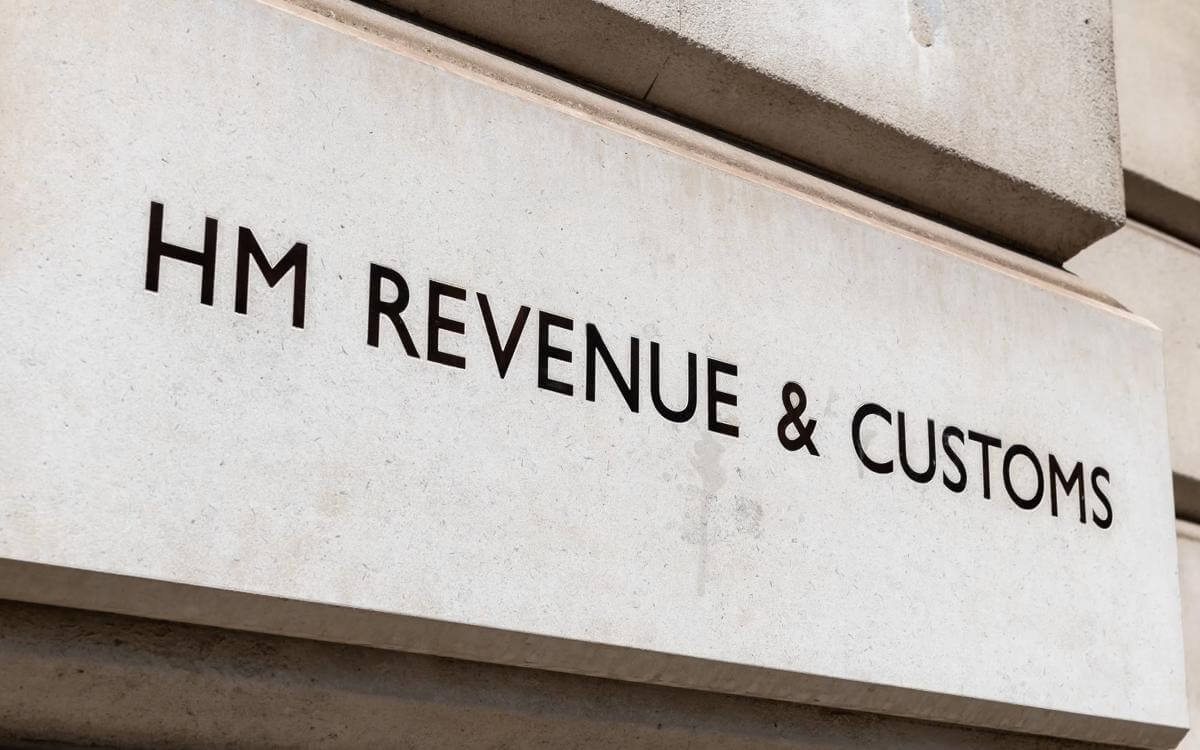Restricting public sector exit pay
November 2020 will see restrictions come into force in respect of certain exit payments within the public sector, effectively capping the amount of money that many public sector employers will be able to pay to exiting employees.
October has seen headlines of UK planned redundancy levels approaching 500,000 since the coronavirus pandemic began. November will see restrictions come into force in respect of certain exit payments within the public sector, effectively capping the amount of money that many public sector employers will be able to pay to exiting employees.
The issue of payments made to public sector employees on redundancies or other negotiated exits has been the source of debate for some time, with the concern being that such payments from the public purse are out of line with payments made in the wider economy. This is particularly the case where “pension strain” payments are made to enable an employee to leave their employer before retirement age but still take an unreduced pension.
The government has previously consulted on the issue of public sector exit payments and a cap on such payments of £95,000 was included in the Small Business Enterprise and Employment Act 2015. However, secondary legislation was required to bring this cap into force. The Restriction of Public Sector Exit Payments Regulations 2020 (the Regulations), laid before Parliament on 21 July 2020, were signed on 14 October and will come into force on 4 November 2020.
The Regulations prohibit relevant authorities (those listed within the Schedules to the Regulations) making an exit payment above £95,000. Where there are two or more public sector exits by the same person within 28 days, the combined total of exit payments made must not exceed £95,000. The Schedules include public bodies such as local authorities, fire and rescue authorities, NHS Trusts, government departments, NDPBs, and academies.
As to what is covered by the phrase “exit payments”, this includes:
- redundancy payments (statutory or contractual);
- pension strain payments;
- any payments under a settlement agreement or ACAS negotiated settlement;
- severance or ex gratia payments;
- payments in the form of shares or share options;
- payments on voluntary exits;
- payments in lieu of notice (save where the payment in lieu does not exceed one quarter of the person’s salary);
- any payment to extinguish liability to pay money under a fixed term contract; and
- any other payments in consequence of termination of employment or loss of office.
Certain exclusions apply – most notably, payments in respect of death in service or as a result of incapacity; payments in lieu of holiday accrued but not taken; and any payment made in compliance with a court or tribunal award.
There are also certain notification obligations included within the Regulations requiring employees who receive an exit payment from a relevant authority to notify all relevant authorities of which they are an employee or office holder of certain specified information about that exit payment.
There is an ability within the Regulations to relax the cap; in some cases, there will be a mandatory exemption, in others a discretionary exemption. Any relaxation must be exercised either with Treasury consent or in line with any directions issued by the Treasury. Relevant authorities are obliged to keep certain records where the cap is relaxed and publish specified information at the end of each financial year in which a relaxation is exercised.
Finalised guidance and Treasury directions are still awaited but, given the short implementation period, employers and employees who are currently in discussions about potential exits which might exceed the cap may wish to take steps now (where possible) to ensure they aren’t caught by the changes. There have already been some press reports of senior public sector employees seeking to bring forward their exit so that they are not caught by the cap.
However, within local government, any such discussions may be complicated by further exit payment reforms which are currently the subject of an open consultation (see our commentary on this consultation (published prior to these Regulations being signed) here for further information).
So, is this the end of the rather long running saga on public sector exit pay? Well, perhaps not - prior to the Regulations being made, the BMA confirmed that it has sought permission to apply for a judicial review in respect of this legislation, arguing (amongst other things) that the government should not interfere with rights agreed in employment contracts. And with the current increased risk of redundancies resulting from the coronavirus pandemic (and the financial implications of the same), there may well be vocal objections from employees affected by the cap level. Relevant public authorities who wish to relax the cap to lessen the impact on employees may face considerable public scrutiny as to the use of public funds. Lastly, it remains to be seen whether the previous government proposals requiring public sector employees to repay exit payments where they move to another public sector body will also resurface or whether these have now been abandoned for good.
Contact

Mark Hickson
Head of Business Development
onlineteaminbox@brownejacobson.com
+44 (0)370 270 6000







































